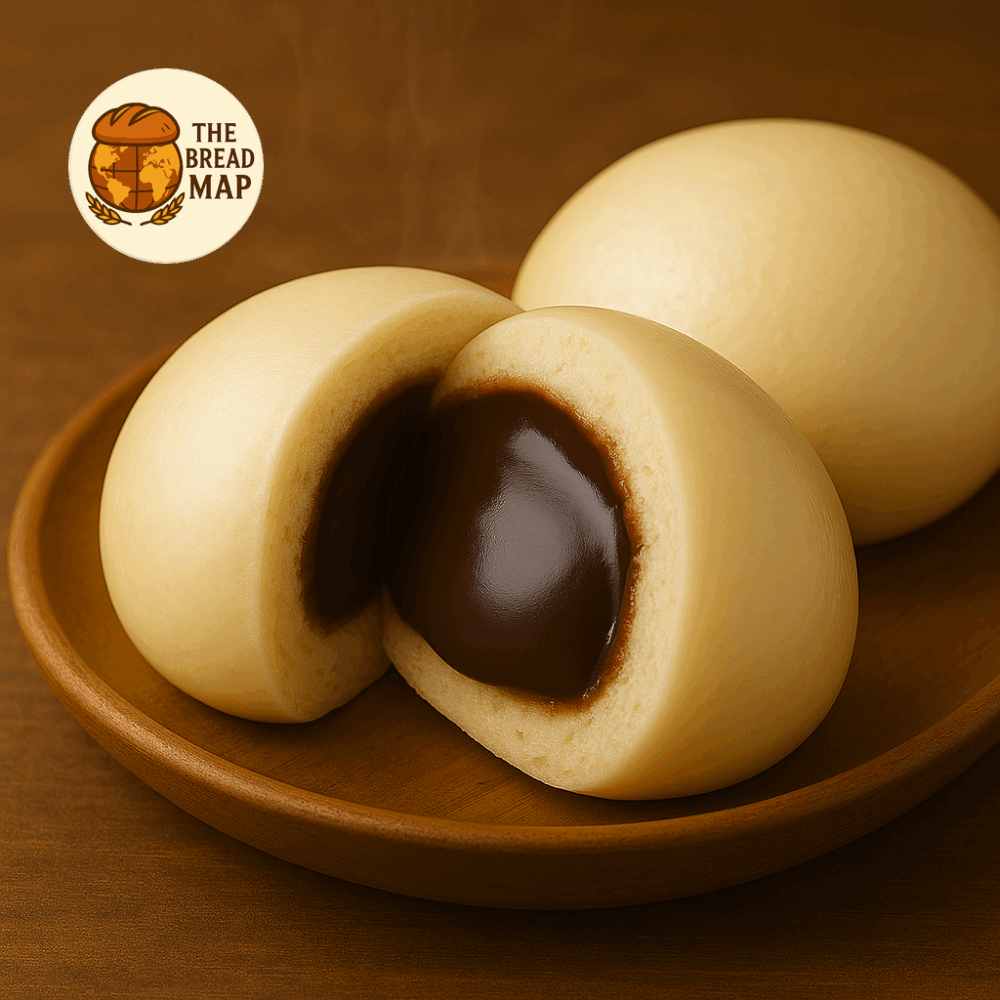
There’s a certain magic to biting into a warm, soft bun while winter winds swirl outside. In South Korea, that magic often comes in the form of hoppang—a pillowy steamed bun filled with something sweet or savory. Whether plucked from a glowing convenience store steamer or bought from a bustling street vendor, hoppang is both a comfort food and a winter ritual, cherished by generations.
Historical Background
The story of hoppang stretches back to the latter half of the twentieth century. Inspired by traditional Chinese steamed buns, hoppang was first introduced to South Korea in the 1970s by a food company looking to craft an easy, on-the-go winter snack for busy city dwellers. Embraced quickly, it soon evolved into a nostalgic favorite, especially during the chilly months.
As home cooking gave way to fast-paced urban life, convenience stores and street stalls began selling hoppang every winter, often launching their own unique flavors and inventive fillings. The treat became a symbol of warmth and comfort, especially for the younger generation grabbing snacks after school or late at night.
Region of Origin
Hoppang’s origin is deeply tied to urban South Korea, particularly Seoul and other major cities. While it’s not a regional country bread with ancient rural roots, hoppang reflects the ingenuity of adapting global food traditions to modern Korean tastes. Emerging from the convenience-oriented food culture of the 1970s and 80s, hoppang is now a national icon—a street food turned street legend.
Ingredients and Preparation
At its heart, hoppang is about simplicity meets satisfaction. Its classic version involves a yeasted white dough—soft, mild, and slightly sweet. Here’s what typically goes into a hoppang:
- All-purpose flour
- Yeast
- Sugar
- Warm milk or water
- Butter or oil
- Pinch of salt
The most beloved filling is a sweet, velvety red bean paste (pat), slow-cooked to perfection. Over the years, though, hoppang makers have gotten creative, offering rich custards, sweet potato, pizza toppings, or even spicy meats and vegetables.
To prepare hoppang:
- Knead and rise the dough until pillowy-soft
- Encase a small scoop of filling at the center
- Shape into rounds, seal, and prove again
- Steam until fluffy, piping hot, and cloud-like
The result? Steaming, fragrant buns—best devoured straight from the basket, where the first bite releases a curling plume of warmth.
Cultural Importance
For many Koreans, hoppang is more than a snack—it’s a seasonal ritual. At the first nip of winter, convenience stores illuminate their hoppang steamers, and street vendors set up shop, summoning both schoolchildren and office workers with the promise of a warm reprieve. Hoppang is a symbol of care, sometimes even gifted by parents or shared among friends when the temperature drops.
- Represents childhood nostalgia and simple joys
- Commonly eaten on busy sidewalks, train stations, or with family at home
- Snack of choice during South Korea’s frigid winters
- Can be found everywhere—from classic street carts to modern 24-hour marts
Today, hoppang is woven into the Korean winter experience. Its soft texture and the gentle sweetness of its filling offer not just physical warmth, but a comforting memory—of winters past, bustling city nights, and, most of all, of home.
Leave a Reply